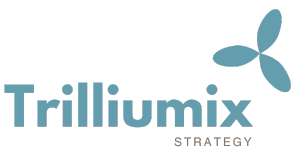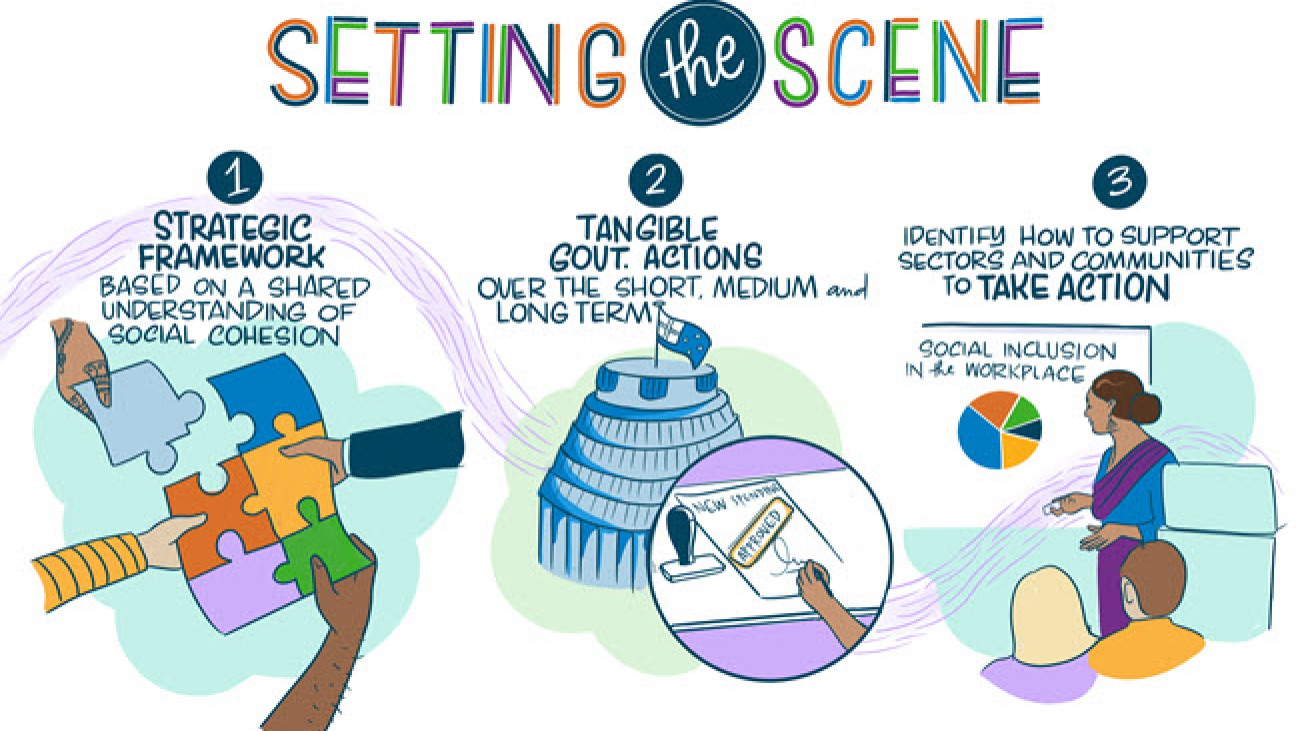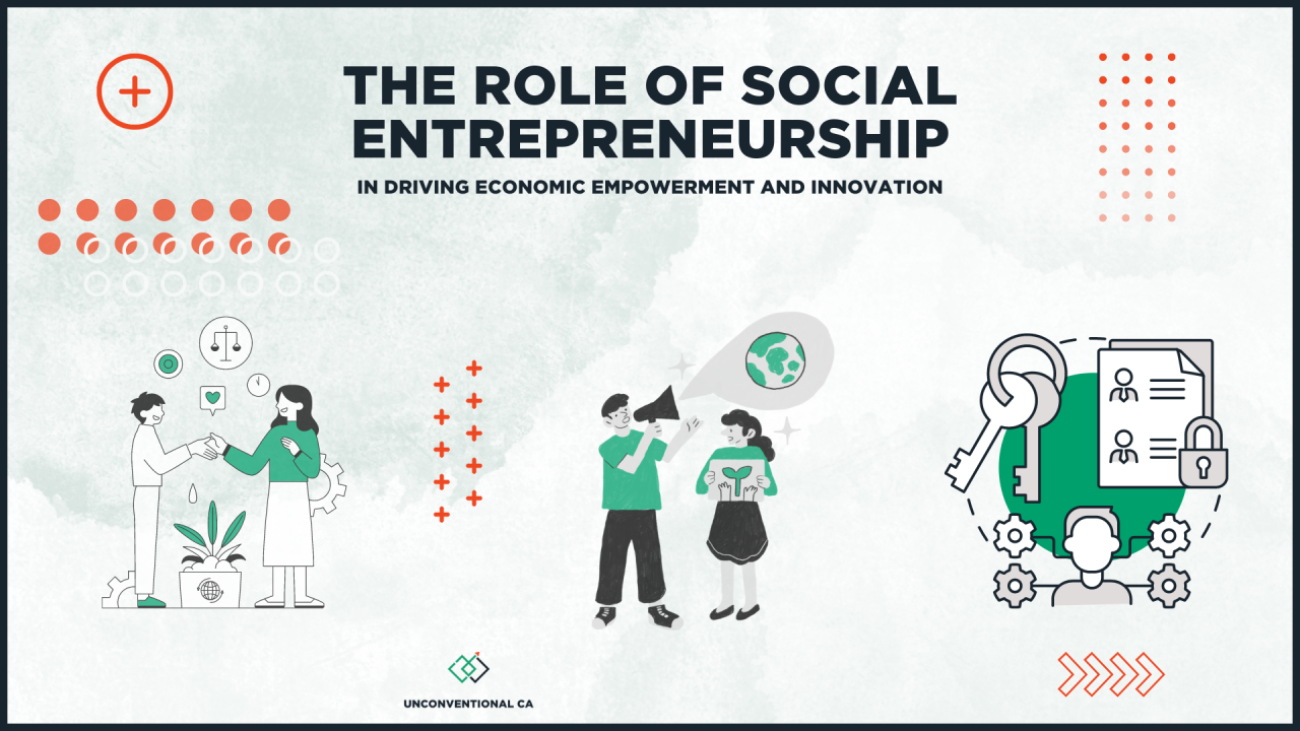In today’s rapidly evolving world, artificial intelligence (AI) is revolutionizing education by making learning more accessible, personalized, and inclusive. Through strategic partnerships and AI-powered platforms, organizations like Trilliumix are ensuring students gain the skills they need to succeed in the future.
The Challenges of Equitable Education Access
Despite technological advancements, millions of students still face barriers to education:
- Lack of resources in underserved areas.
- Limited access to qualified teachers.
- Learning gaps among students with different abilities or backgrounds.
To address these challenges, it is essential to integrate innovative solutions that bridge gaps and make quality education available to all.
How AI Transforms Education
1. Personalized Learning Experiences
AI adapts to individual learning styles and paces, offering tailored educational content:
- Adaptive learning platforms identify knowledge gaps and provide customized lessons.
- Students receive immediate feedback, which enhances engagement and improves outcomes.
2. Bridging Knowledge Gaps
AI tools provide equal learning opportunities by overcoming traditional challenges:
- Virtual tutors assist students who lack access to quality teaching.
- AI-powered platforms support multilingual education and interactive learning.
3. Future-Ready Skills
AI enhances students’ critical thinking and problem-solving abilities, preparing them for future careers in technology-driven industries.
Trilliumix and INSPARK: Leading the AI Revolution
Trilliumix has partnered with technology firms like INSPARK to introduce AI literacy programs in schools. These initiatives:
- Equip students with essential skills in AI, coding, and digital literacy.
- Provide teachers with AI-enhanced tools to monitor progress and improve teaching strategies.
By integrating AI platforms into classrooms, students gain hands-on experience with technology that will define the future workforce.
Real-World Impact
Take the story of a rural school where AI-enhanced platforms were implemented:
- Students who previously struggled with traditional teaching methods improved their understanding of subjects through adaptive lessons.
- Teachers, empowered by AI tools, could focus on mentoring students while reducing administrative workloads.
This success story showcases how AI not only improves educational outcomes but also empowers communities.
A Path Toward Inclusive, Innovative Education
The integration of AI into education systems ensures that every student, regardless of background, has access to quality learning. By preparing students with future-ready skills, organizations like Trilliumix and partners like INSPARK are transforming education for the next generation.
As AI continues to evolve, it holds the promise of making education more equitable, personalized, and impactful.




